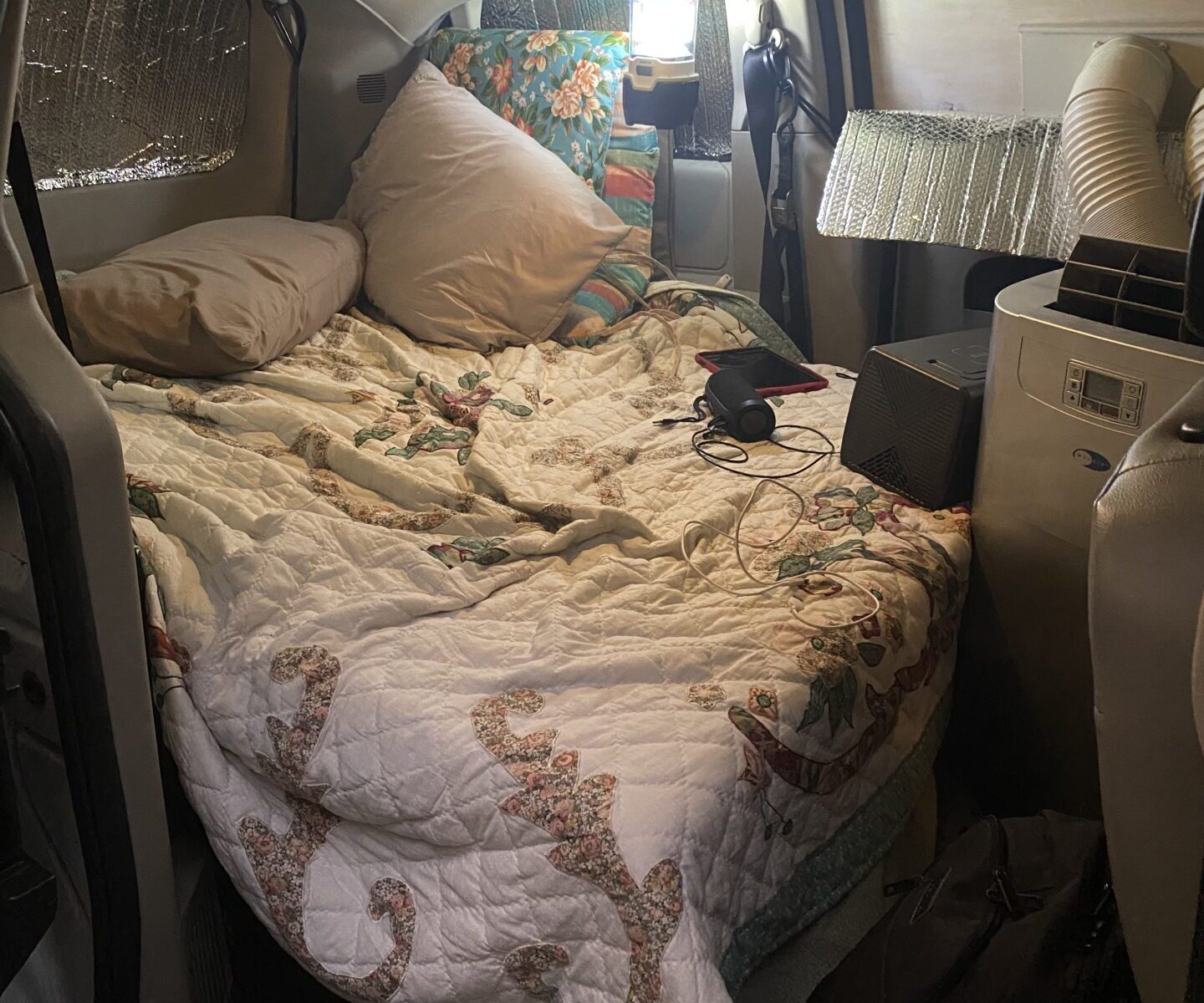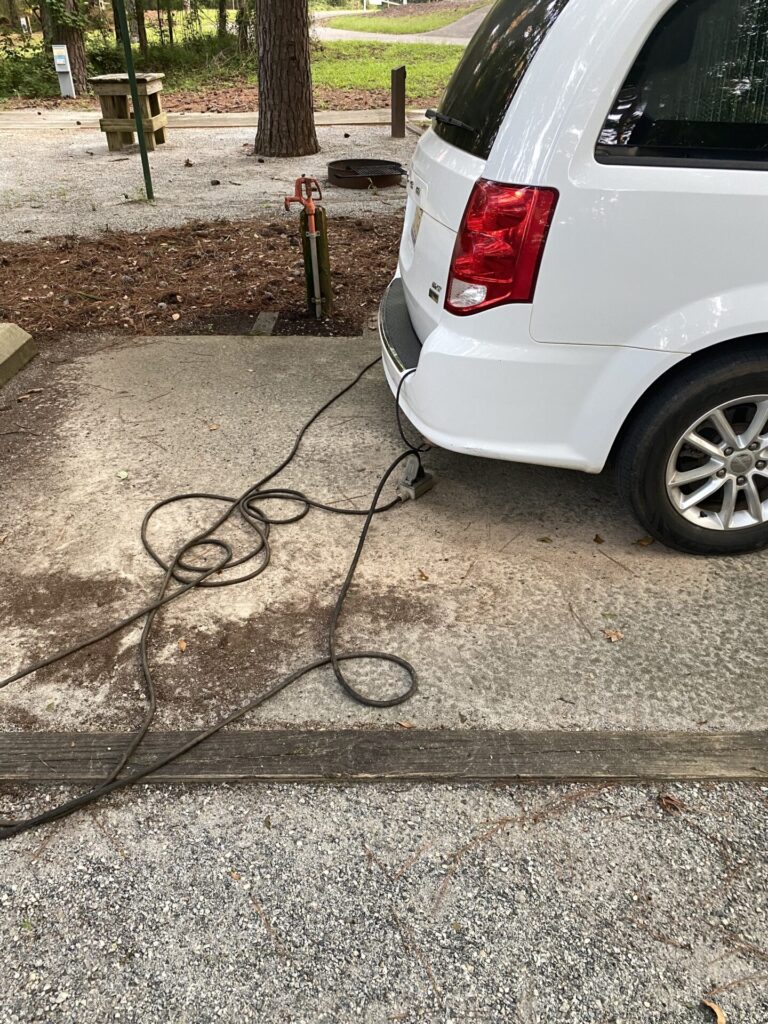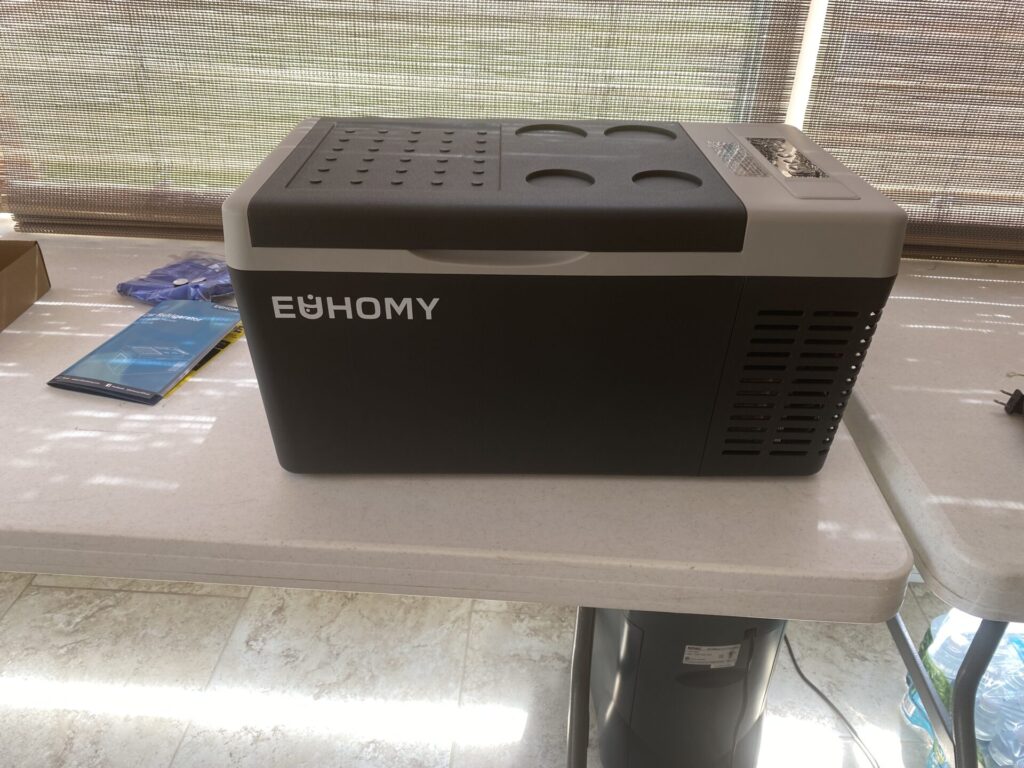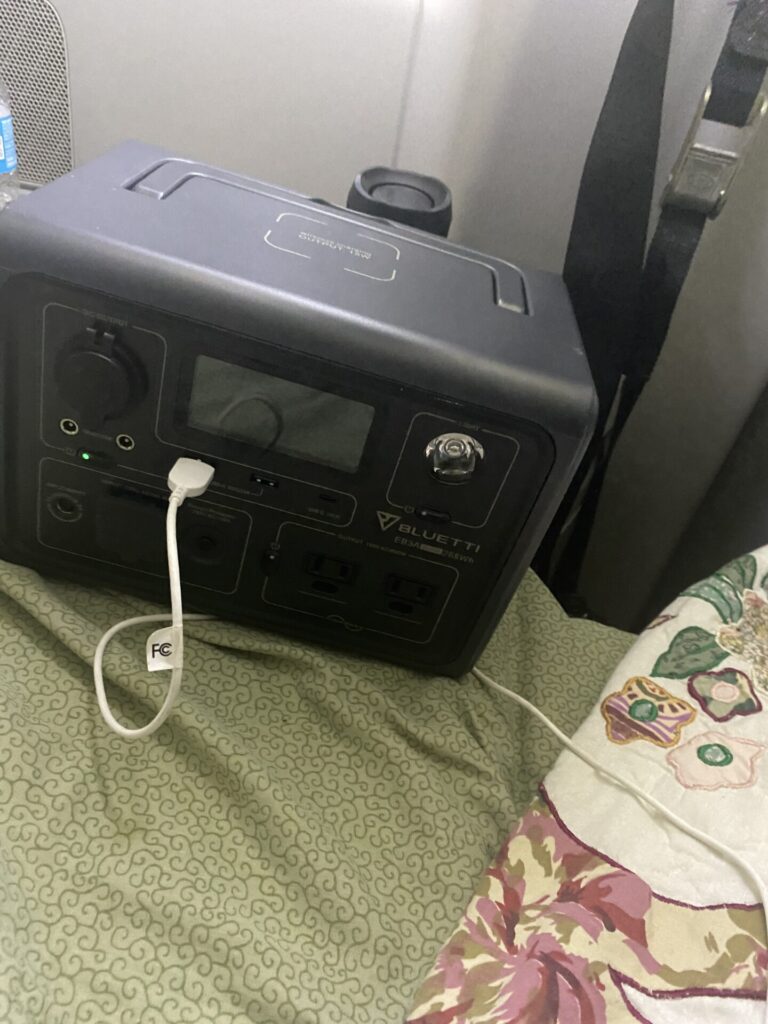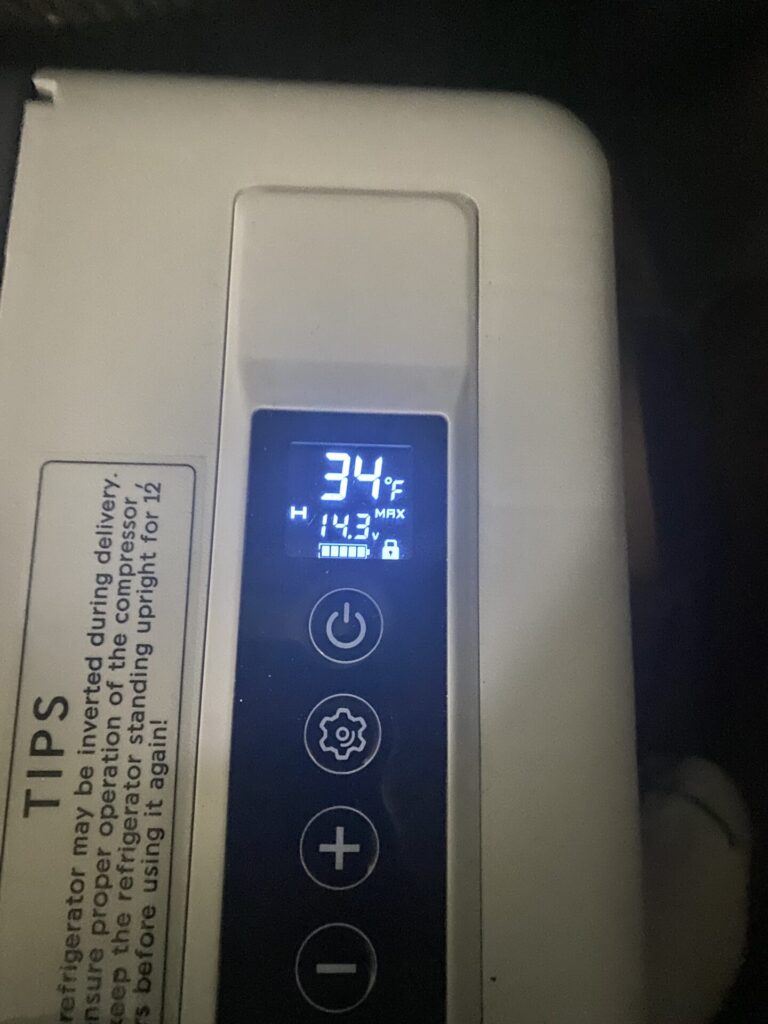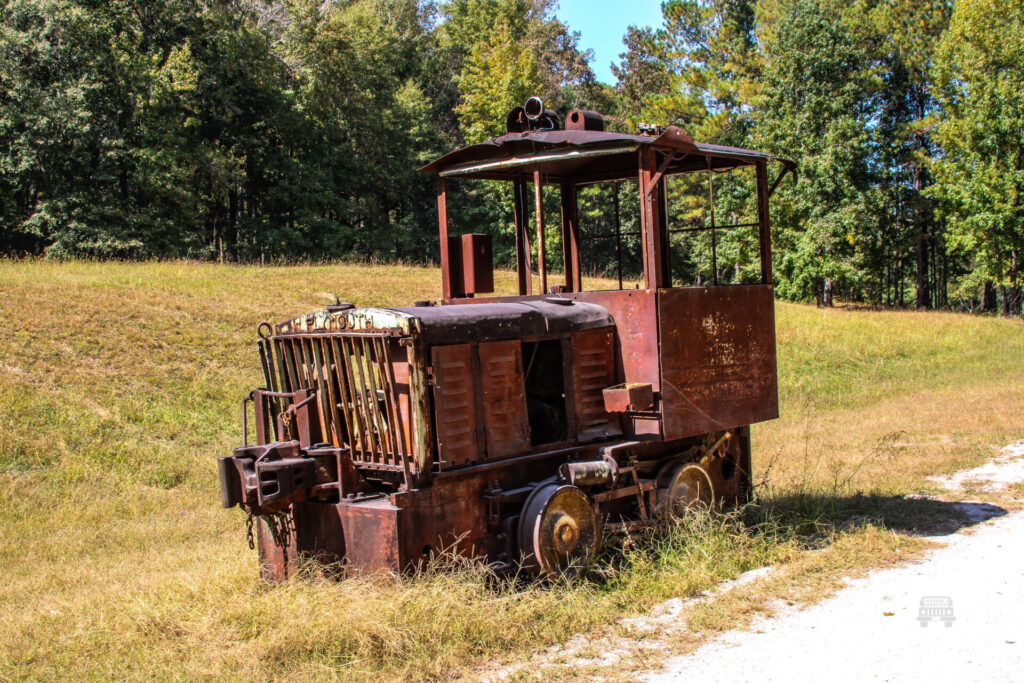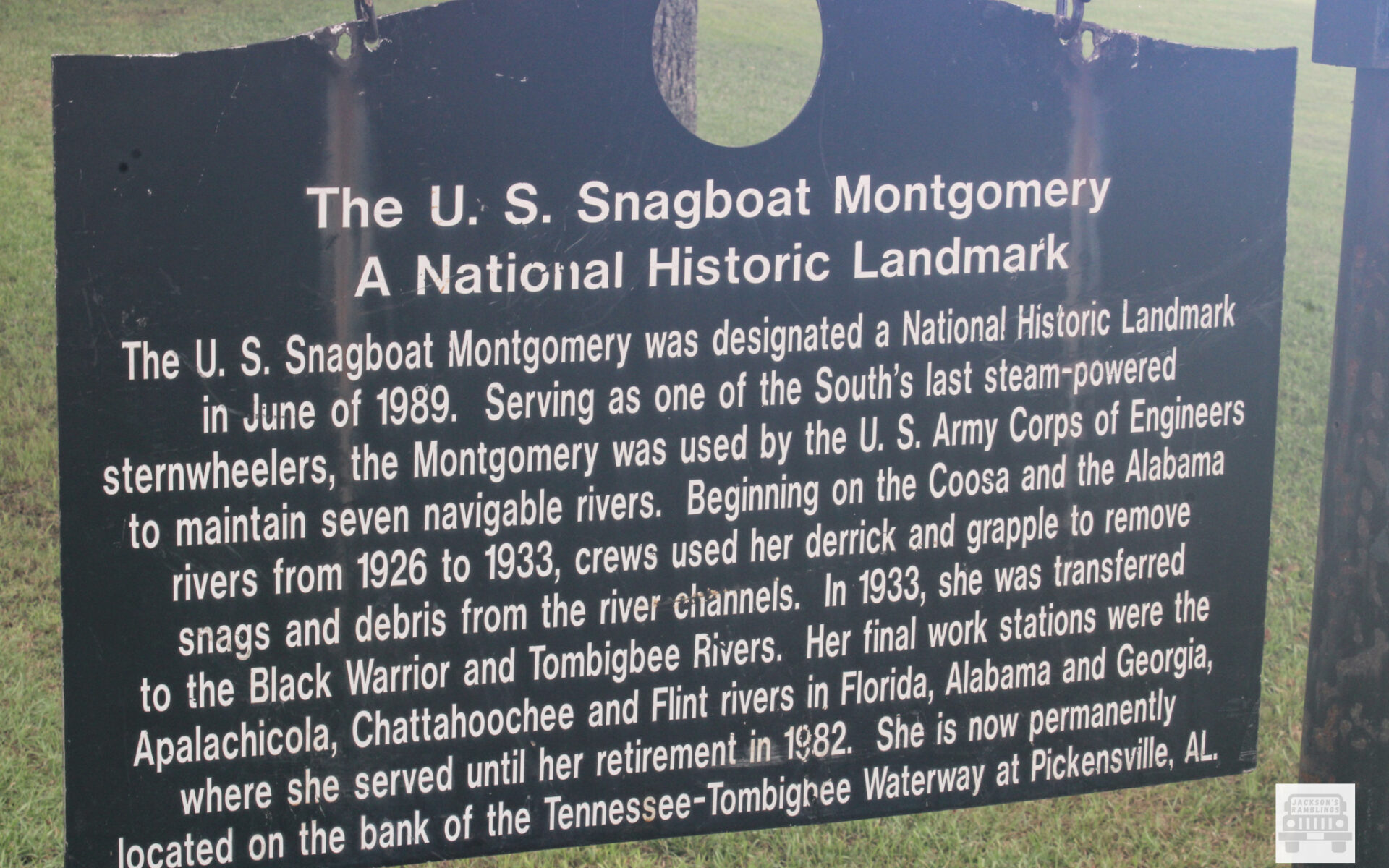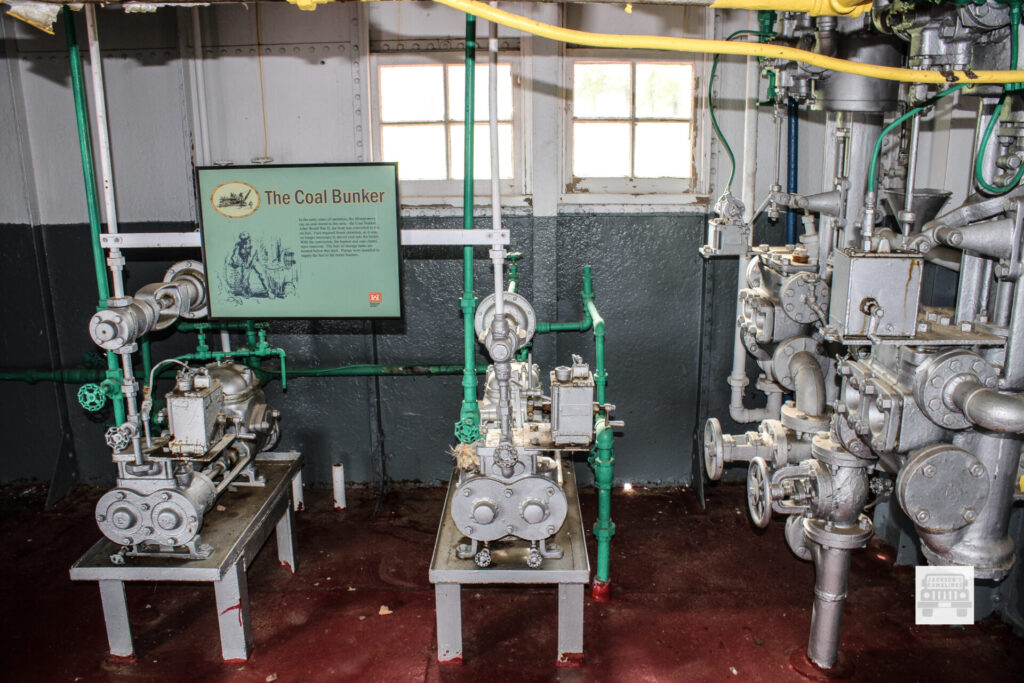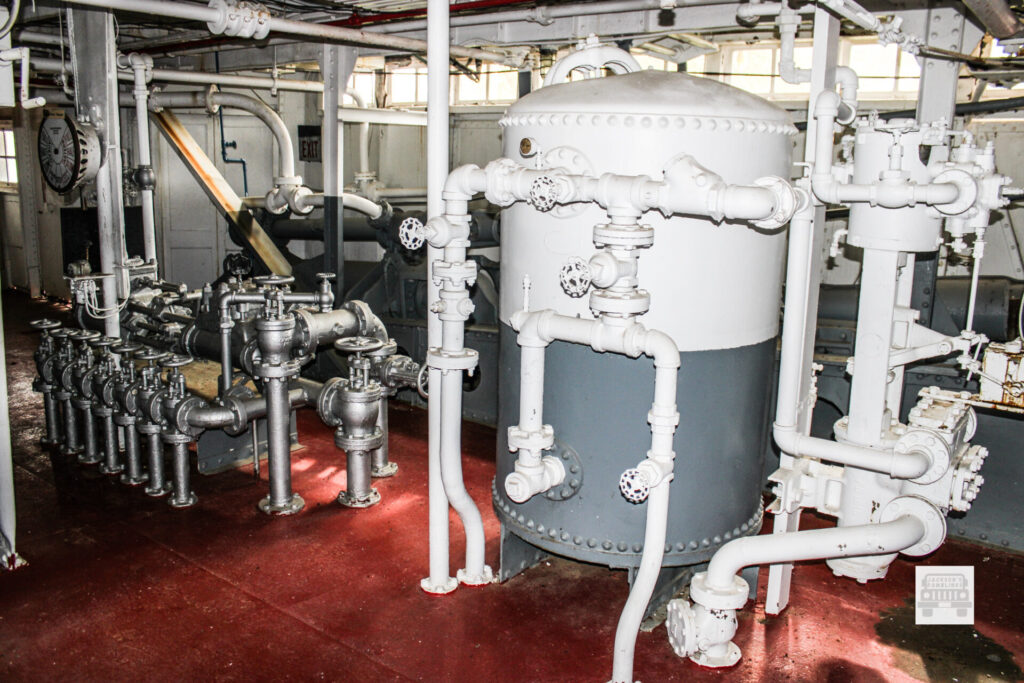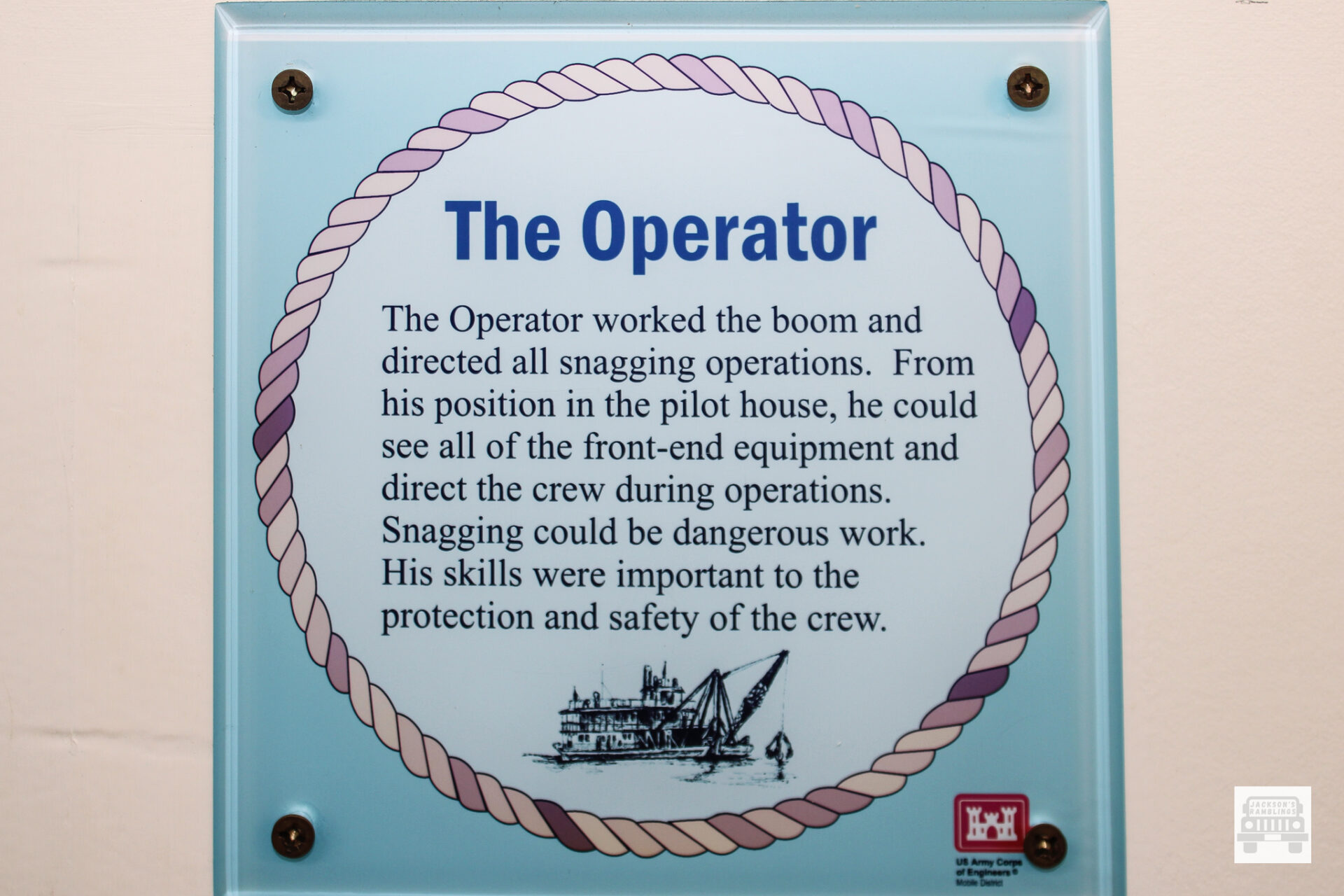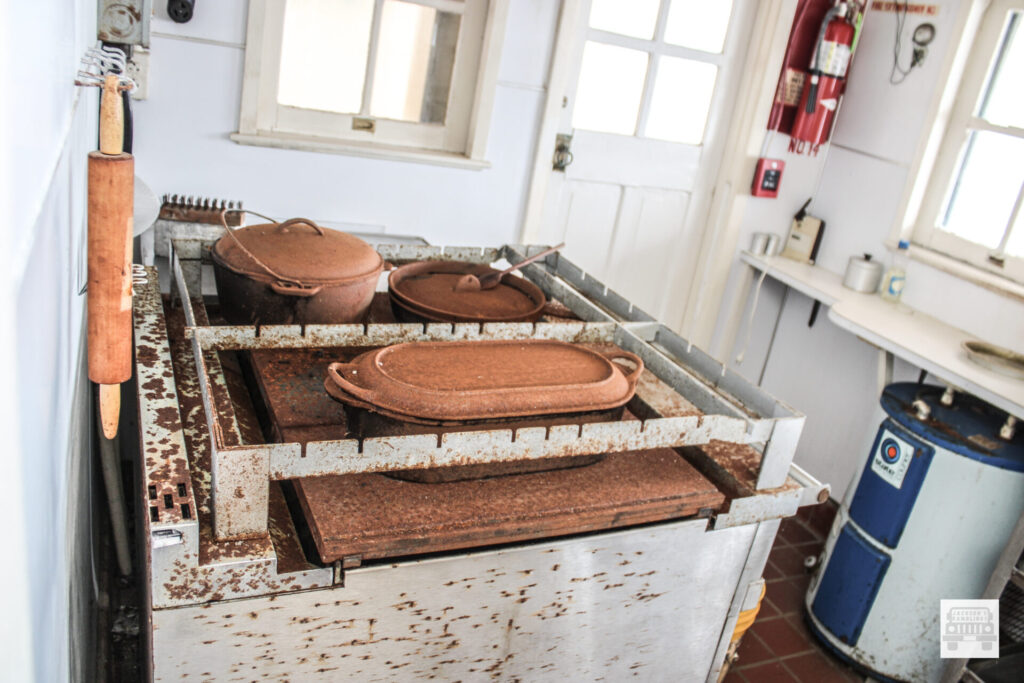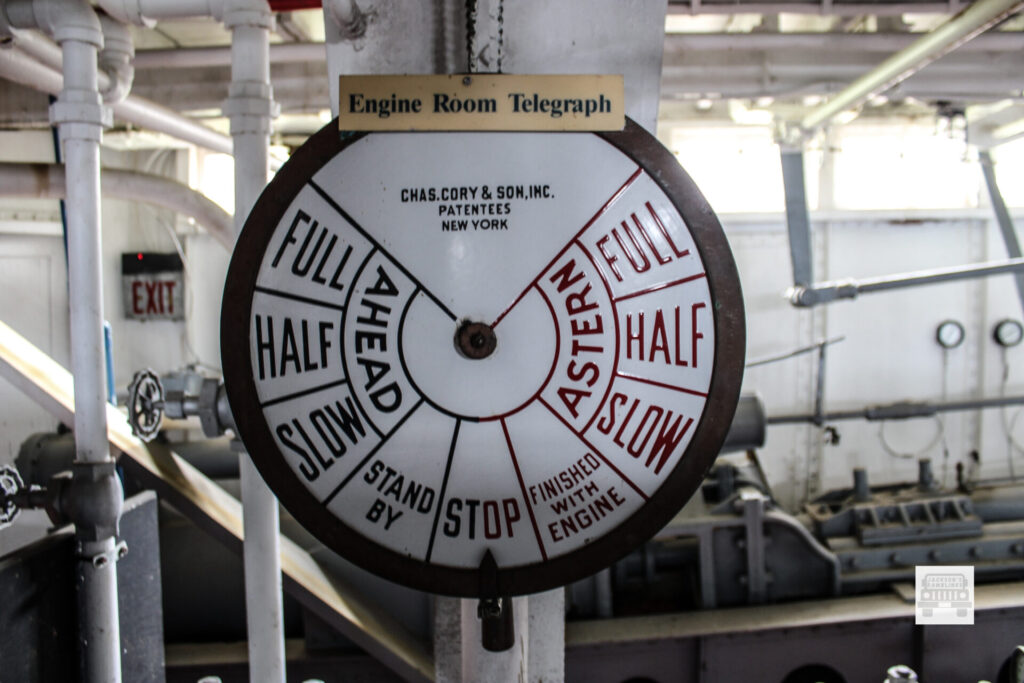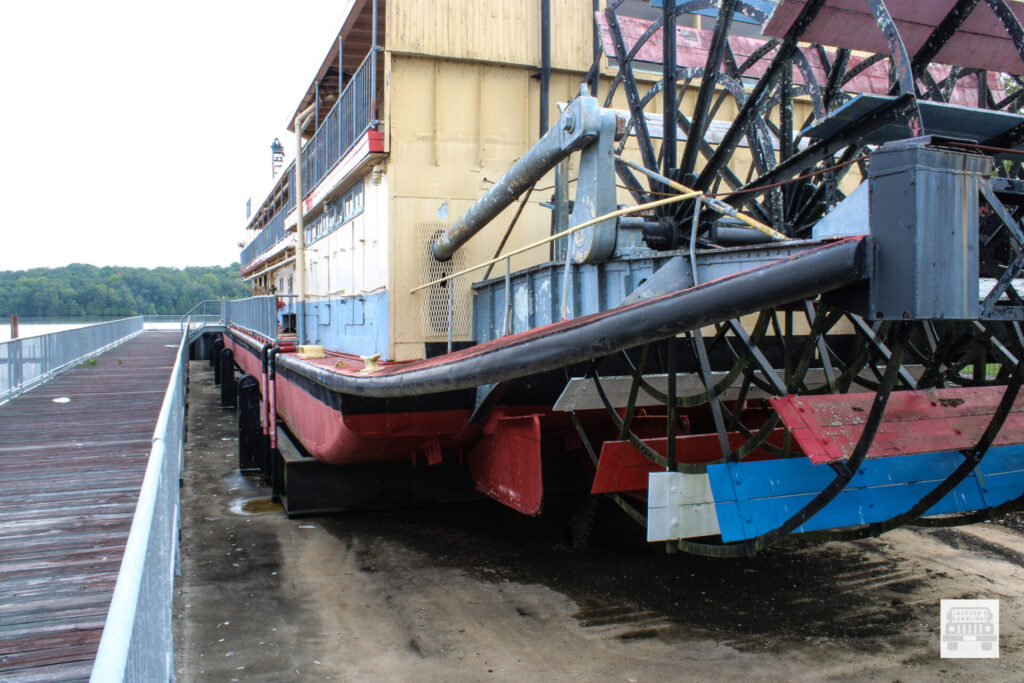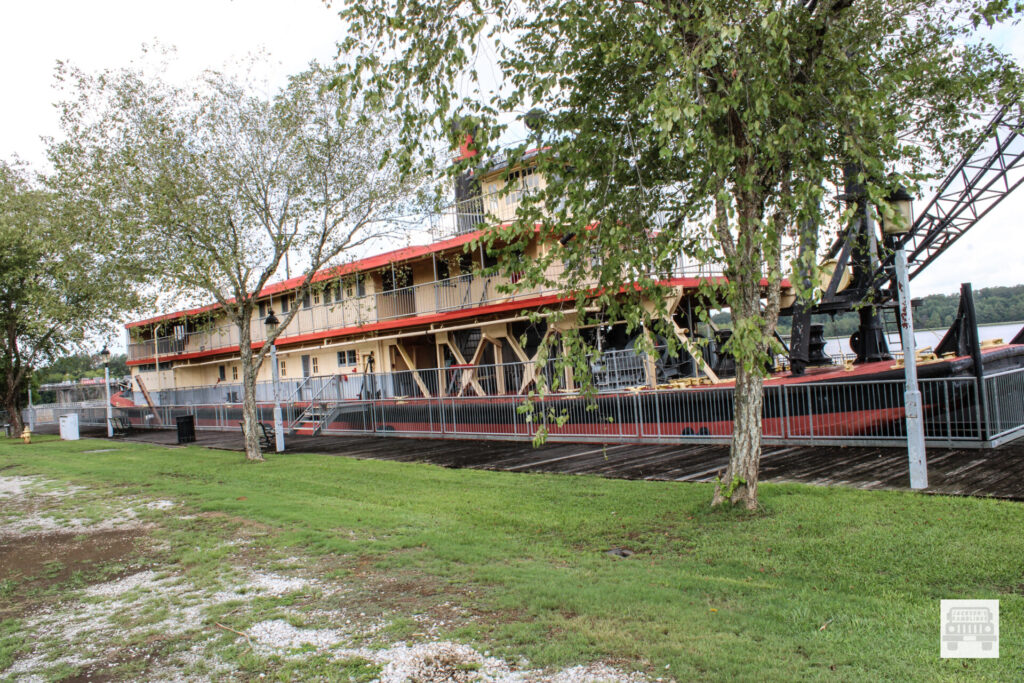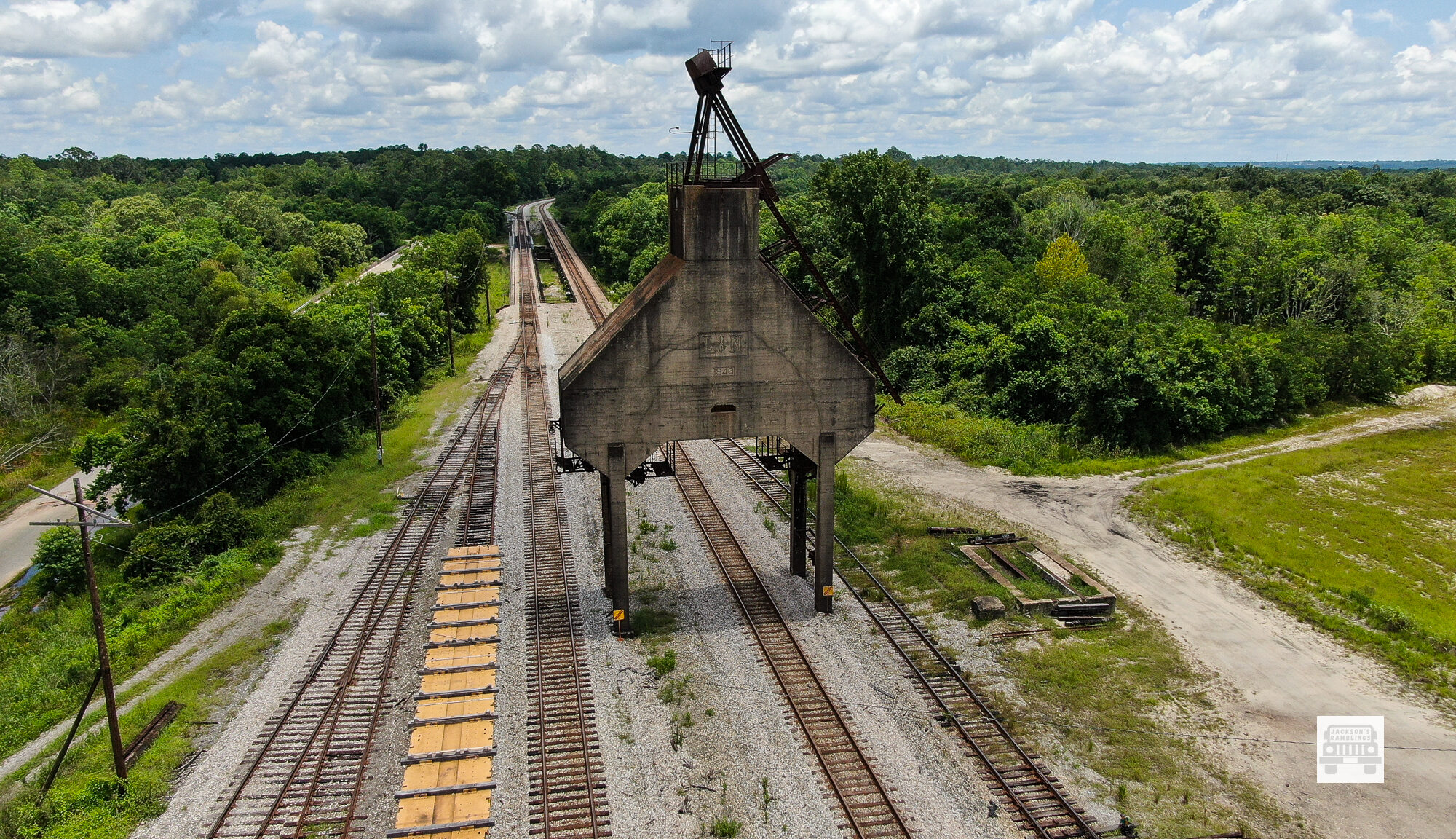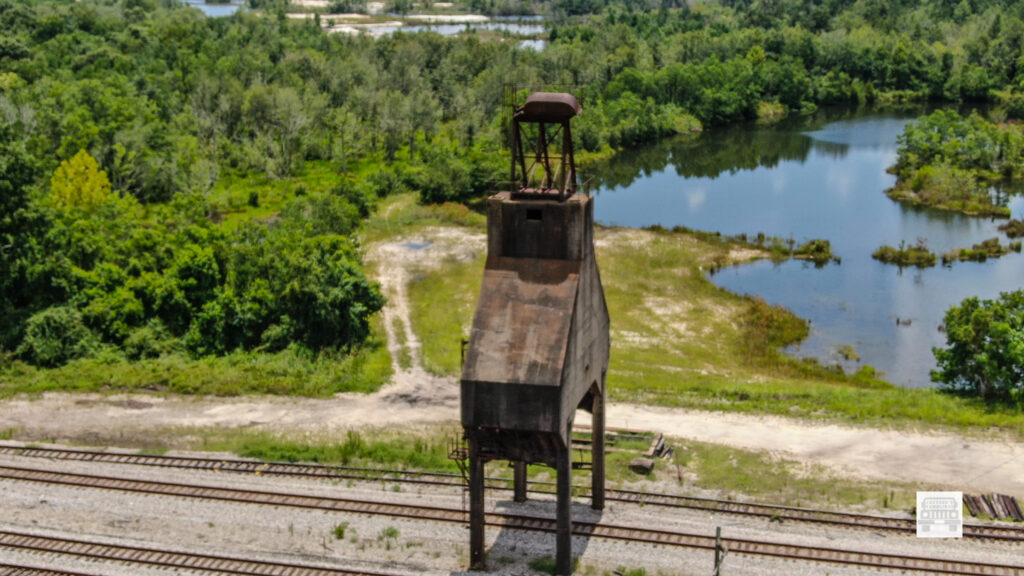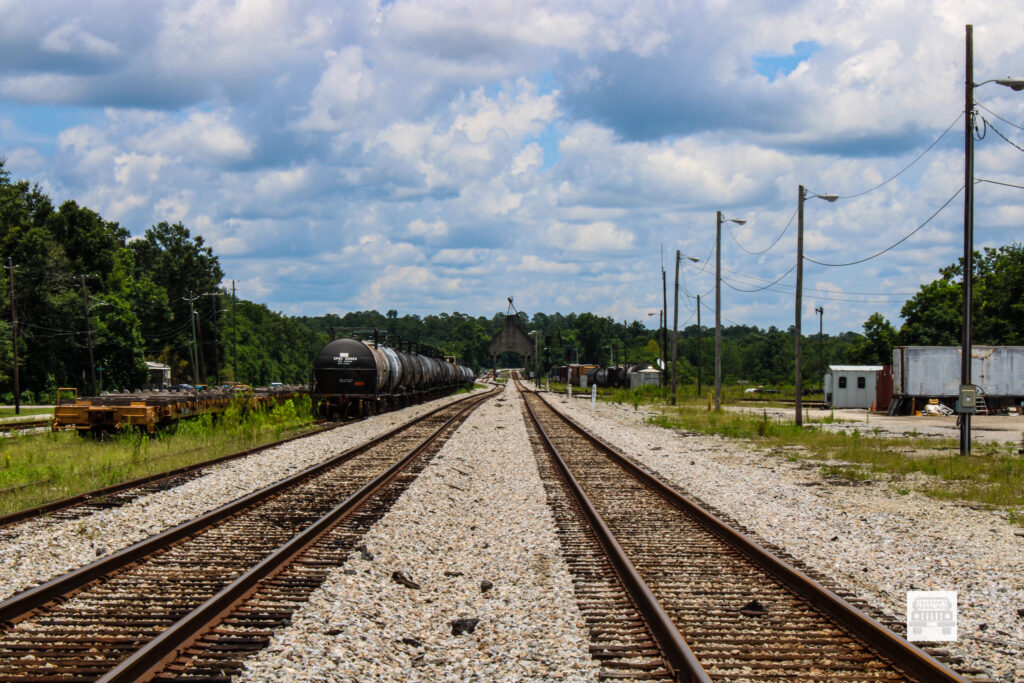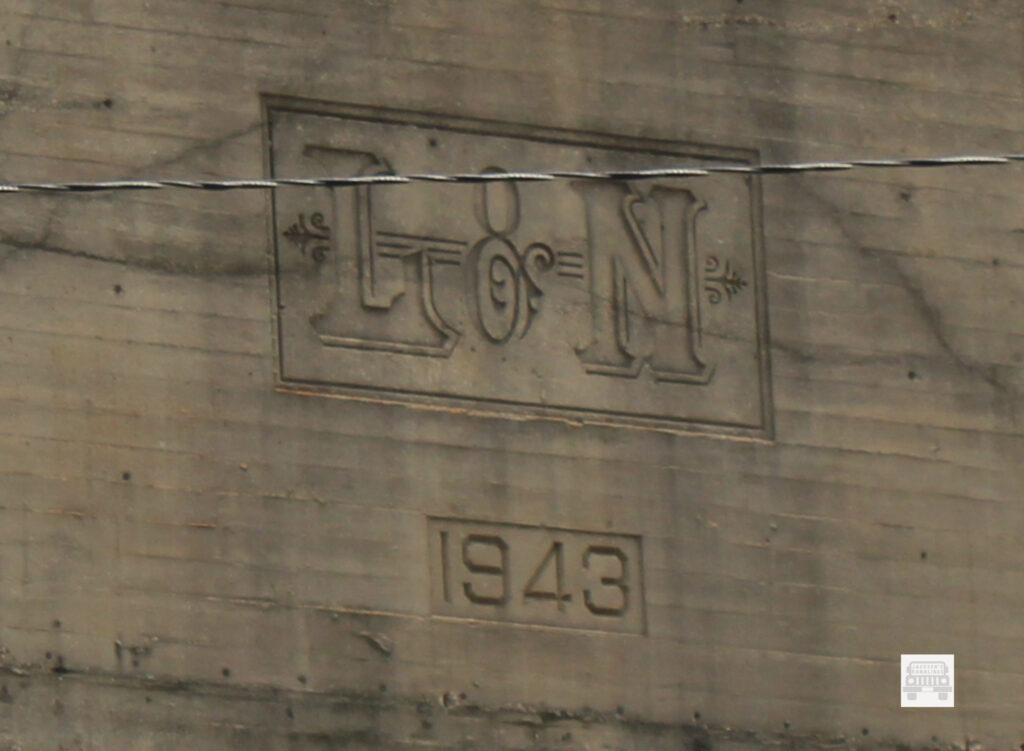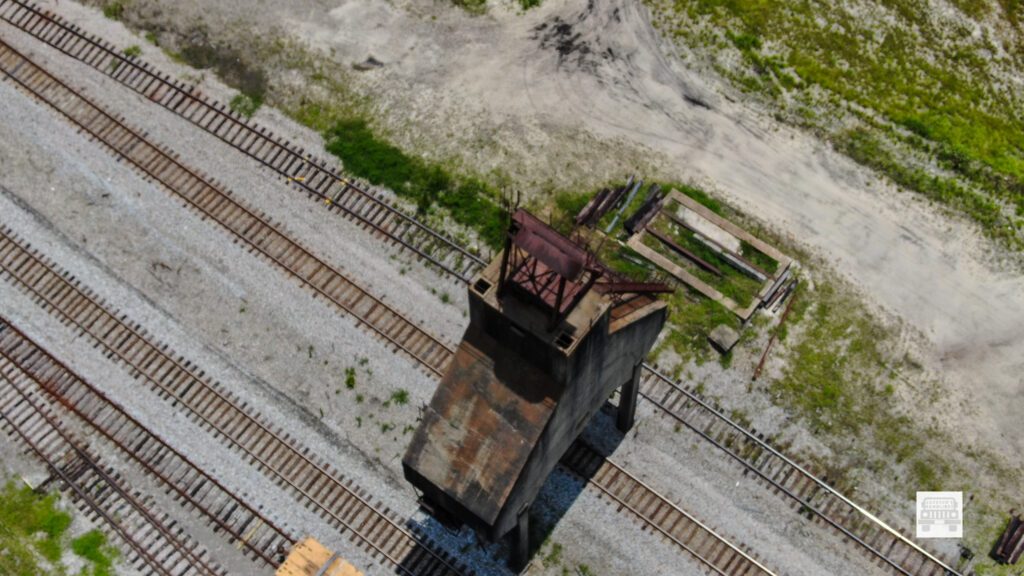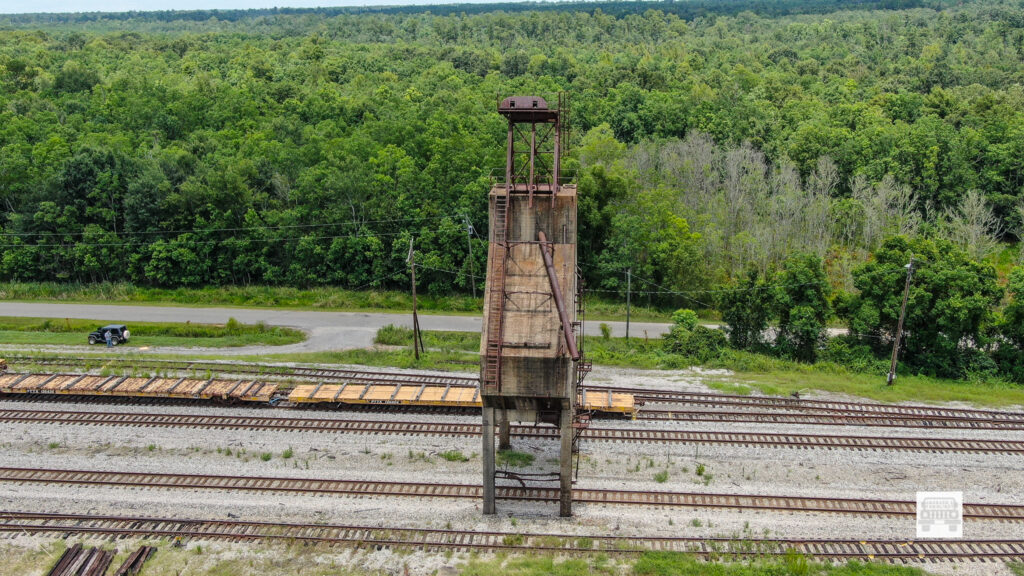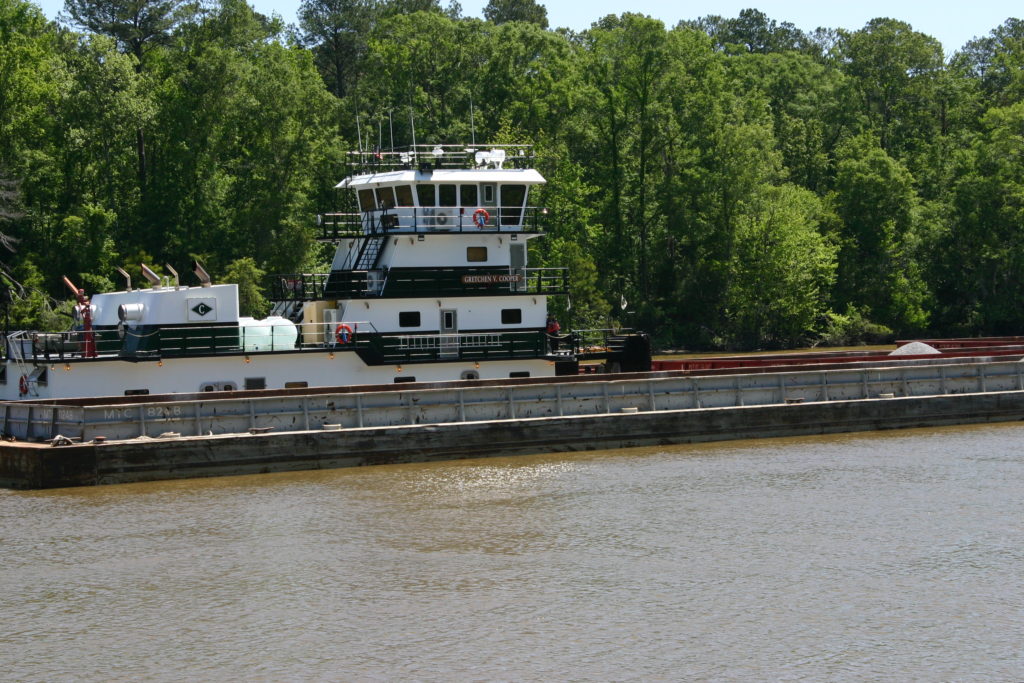It’s an early December morning and I am wide awake. I looked at the clock and it is 4:00 AM. As I lay there thinking before, I get up to start my day my mind travels to yesterday. Working on my documentation of the churches of Alabama my wife and I traveled hard yesterday. I think I captured photos of 27 different churches and traveled close to 200 miles doing it. Then I got home and started sorting the photos into different folders on my laptop. Needless to say, it was a long day.
Then I started thinking about some of the places I had left to go in Monroe County to wrap up the photos of the churches. That is when I remembered I had some up around Peterman that I needed to get to.
That thought then brought me to thinking about Peterman AL. My wife was raised at Peterman. I had lived there back in the 1970’s. In 1976 I worked at the Peterman Agricultural Company or as everybody knew it The PAC. I was 19 when I started working there. I worked in the equipment shop primarily on the agricultural equipment side. I worked a lot of the time as a road service mechanic. I worked primarily on cotton pickers, and combines, and I also drove a truck a lot hauling equipment. Looking back, I am amazed that at 19 years old I could take a big truck to Atlanta and come back. In fact, the first time I ever drove to Atlanta I drove a big truck.
While I worked at the PAC I met a lot of people who had a strong influence on my life. Some as always for the worst and some that forever I will remember in the positive. Now for whatever reason I have grown to a point in my life that I have a disdain for talking about people in the negative. I know that if I hear it for any length of time I will be pulled in and doing the same thing. I do however like to talk about people whom I remember that did positive things and that is where my mind immediately went this morning.
I remember Mr. J.B. Philen. He was always very good to me. He assembled new equipment that came in like disc harrows and stuff of that nature. When I was working under the big shed across the road from the main building if Mr. JB was caught up he would come help me and it was almost like he was looking out for me. I had a tremendous respect for him. Mr. Mac Helton was my foreman. I can’t tell you how much I respected him also. He and Mr. JB were both WWII vets. Those were just two of the positive older role model men that I was able to be around in that time in my life. There were numerous others as well that helped me along with wisdom and passed along knowledge to me that even to this day all of these years later I still remember.
At the writing of this story, I am 66 years old. In my 66 years I have seen some incredibly talented craftsman. I worked 22 years in the papermill as a millwright and saw some folks that could do things that you would say, “that can’t be done”, but they did it. Of all that I ever ran into or worked beside however one stands head and shoulders above the rest who made an impression on me.
One of those men that I met while I was up in Peterman was a man named George Lee Chandler. Mr. George Lee as we all called him, lived up on the Hill on what I would way was the southwest side of Peterman. He had a small shop out a way from his house. I saw him do things that I will remember when I am 120 years old if I am blessed to live that long. They made that kind of impact on my life. He was a man that as the old saying goes could take chicken manure and make chicken soup. He could take nothing and make anything. If he could not fix it then it wasn’t really broken. Almost 50 years later I still marvel at some of the things I saw him fix and even am amazed at what others told me that they saw him do. Mr. J.B. Philen told me one day that he had seen him straighten the barrel on a shotgun that had gotten knocked over and bent. That one I never saw but I did see several he did do.
One of the first things I saw him do that amazed me was there was a tractor that came in with a hole in the side of the engine block that a connecting rod had come loose and went through. I am not sure how much an engine block would cost at that time nor possibly if one was readily available. All I know is the man the tractor belonged to told them to “go get George Lee to look at it”.
Mr. George came in and looked at it. He told them to pull it down and he would fix the block. So, they pulled it in the shop and stripped the engine to the bare block. He took it out to the steam cleaner and steam cleaned it for what seemed half a day. Then he washed it with degreaser. Then he ground the hole all around and beveled the edges. An engine block is cast iron, and you can’t burn it with a torch. There wasn’t a way to make a clean cut to get a piece to fit the hole. To get a piece to fit the hole he went out to the junk yard and found an engine out there that was messed up. He then took a hammer and busted some big pieces out of that one. He then took those pieces and brought them in and cleaned them up really good with degreaser. He then ground a couple of those pieces to the size and shape to fit the hole in the engine block. After that he tack welded those pieces into place.
When I got to work next morning, he was heating it with a rose bud on an acetylene torch. It appeared that he must have been working on it for a while because it appeared to already be getting hot. He was slowly heating the piece and a large area around the repair. I wasn’t able to stay with him and watch the entire procedure, but I was able to see most of the steps as he did them by observing what he was doing passing back and forth through the shop while doing my work.
He would heat the metal and check the material with a crayon that was designed to melt at a certain temperature. It seemed like he didn’t get in any hurry while doing this. It seemed like he heated for hours. When he got it where he wanted it temperature wise, he then welded the piece into the hole. He would weld a little while and then heat with the torch a while. Every few minutes he would check the temperature with the crayon. When he finally got it welded to his satisfaction he backed off and still maintained temperature on it. He then took two diesel fuel heaters that had blowers in them that were in the shop. He focused them directly on the spot on the block and left them blowing. The next morning when we came in to work there was one of the heaters still blowing on the block and it was backed a good distance away.
He came in after an hour or so and took that one off and left the engine block laying on the floor the rest of the day. The next morning, he polished the side off with a wire brush on a grinder and painted it John Deer Green and you could not tell it had been repaired.
I would have given anything to have been able to work with him throughout the entire process. I can’t say with certainty how long the tractor ran after that repair. I know I saw it around for a lot of years after that and I never knew of it tearing up. I do know that I was incredibly impressed with that repair. It just amazed me that Mr. George could take what appeared to be nothing and do that kind of work.

